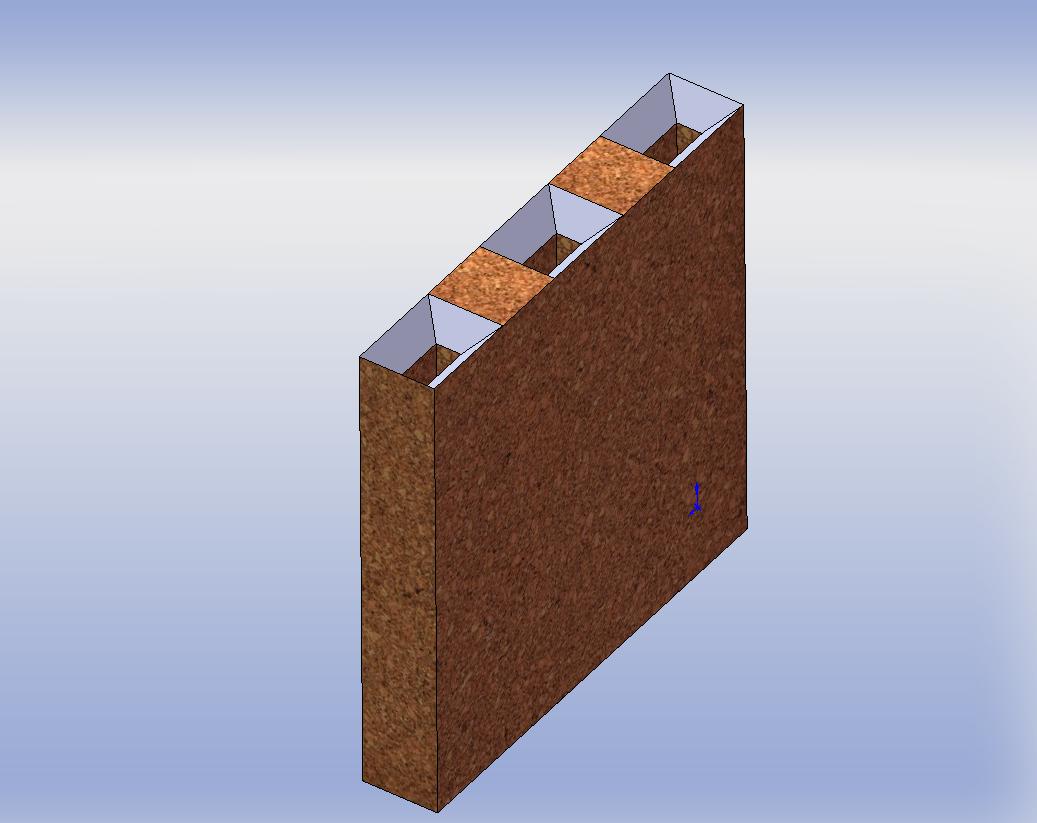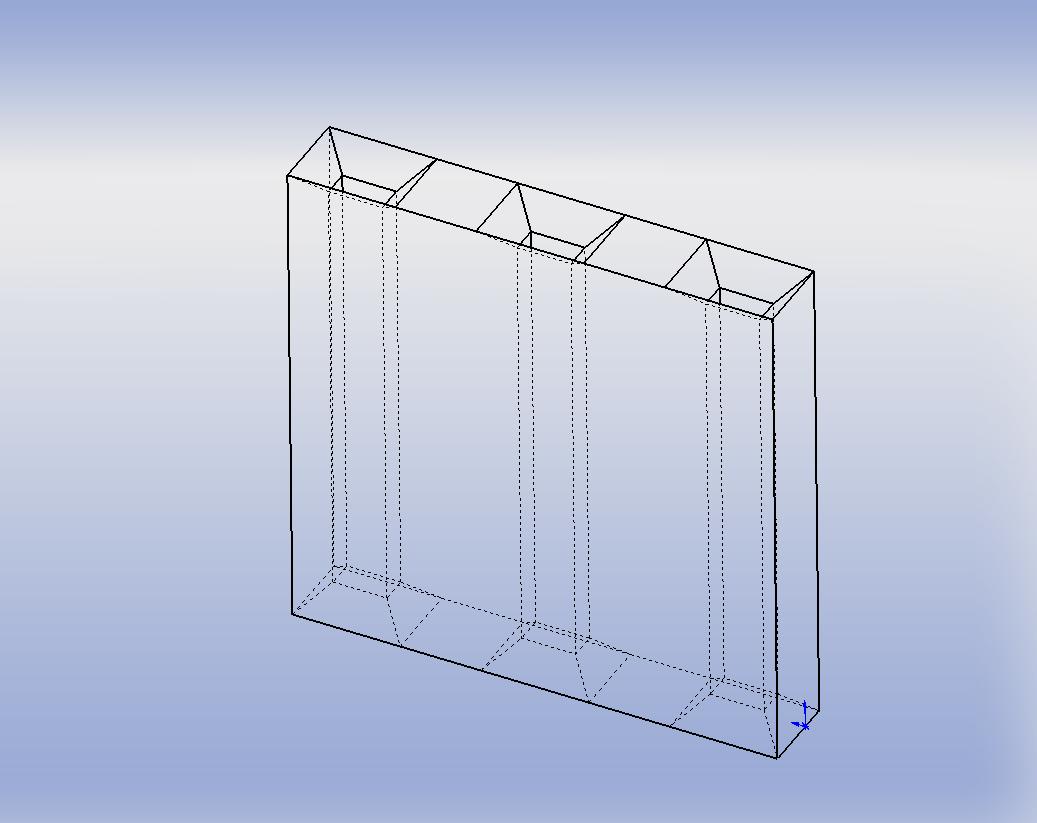Rerurn to Romy the Cat's Site
In the Forum: Audio Discussions
In the Thread: Macondo’s MiniMe or about Pilot Acoustic Systems
Post Subject: Using the port as anticompression tool rather than noise generatorPosted by haralanov on: 9/17/2008
After I spend so much time in experiments with ports, I found some interestind aspects in port loading. Our primary objective is to eliminate the nasty air resonances in port at middle frequencies, which kill all the lower midrange sound. It is achieveable only if the bassreflex has very small area. The standart bassreflex loading is out of the game due to the port leakage at approximately 400-800Hz (depending of it’s surface). The key to eliminate these "alien" sounds is having a lot of very small ports with equal lenght and equal port area. This way the port resonances are pushed above the driver's bandwith and they don’t disturb the sound. To explain the concept in a simple way let imagine we have a port with lenght "x" and area "y", tuned to your desired frequency Fb. If we make 10 smaller ports with the same lenght "x" but with port area "y/10" the tuning frequency will remain the same, but the Sound will be very different. This way we can also lower the dynamic compression and place the port at different optimal positions on the enclosure surface. The best result I have ever achieved is when I used little “pillows” filled with sheep's wool inside the ports to restrict the air flow. This method achieves much better dynamics compared to sealed enclosures without the disturbing and self-accentuated port sound. Also there is no need of electrical filtration one octave above port's tuning frequency Fb with this kind of filling.
If somebody is going to use that method, it is very important you must NEVER tune the port BELOW driver resonance. Some people do it to extract some extra low bass from the system but they never get good sound. This is going to kill all the mid and upper bass of your drivers. Also if we want to achieve absolutely minimal dynamic compression it is highly recommendable the total port area is no less than driver’s cone area. If you implement this kind of bass loading properly, you can hardly get any sound of the ports openings, but the dynamics of the system will be doubled compared to closed box without loosing the good tonality of bass. The is another great advantage – you can change the tuning frequency (to better integrate the sound with your room) by simply block up the output of some of the ports...
I will try to visualize the idea. Constructing a series of little ports is very easy game, especially if one use MDF. IMHO, the best position of the ports is on bottom and the top of the speaker cabinet (sound wise):

The port should use the inner surface of the cabinet walls as an extension:


Rgs,
Petar
Rerurn to Romy the Cat's Site